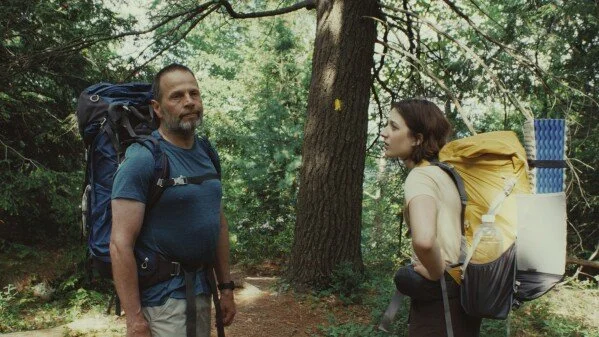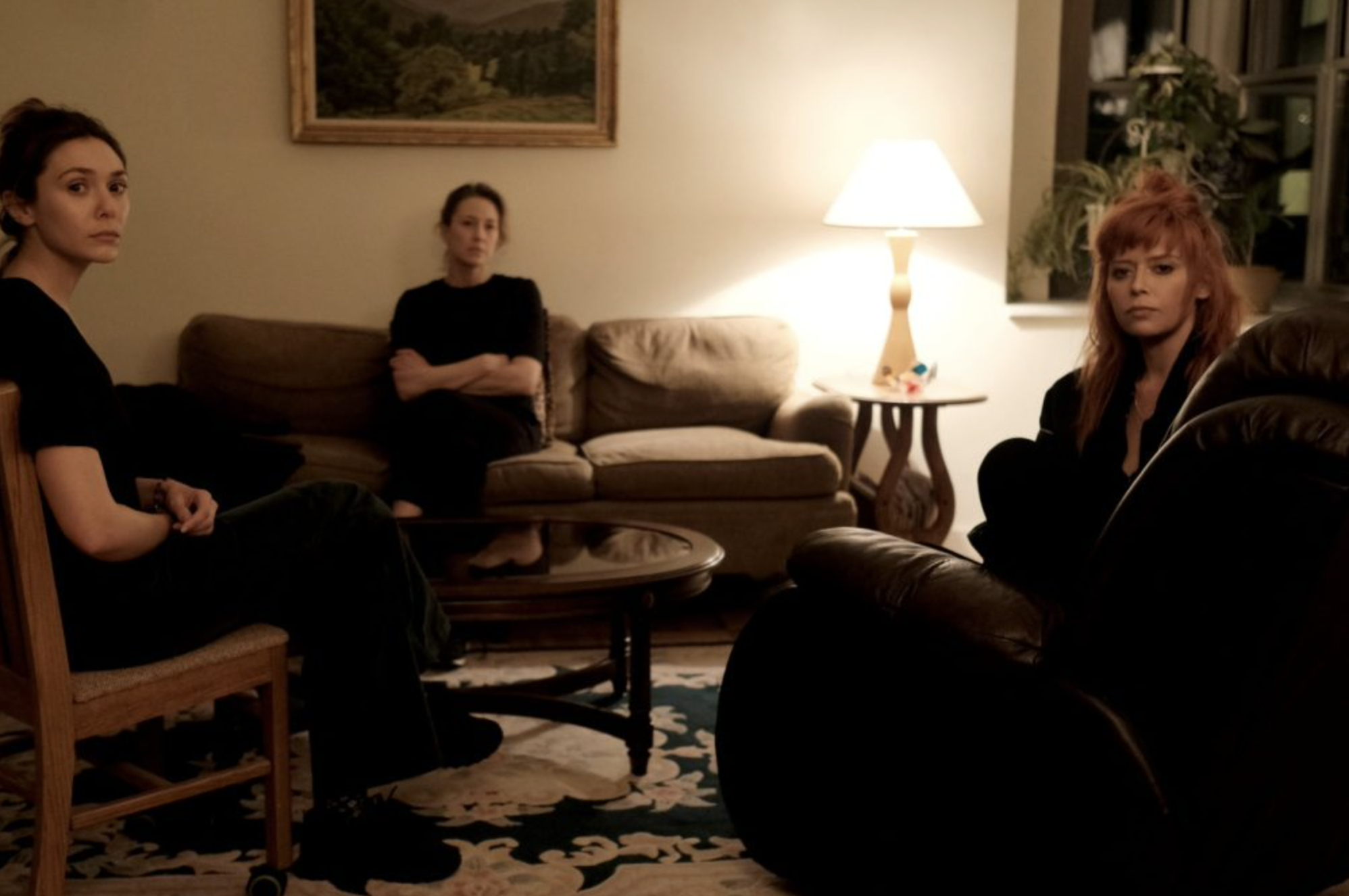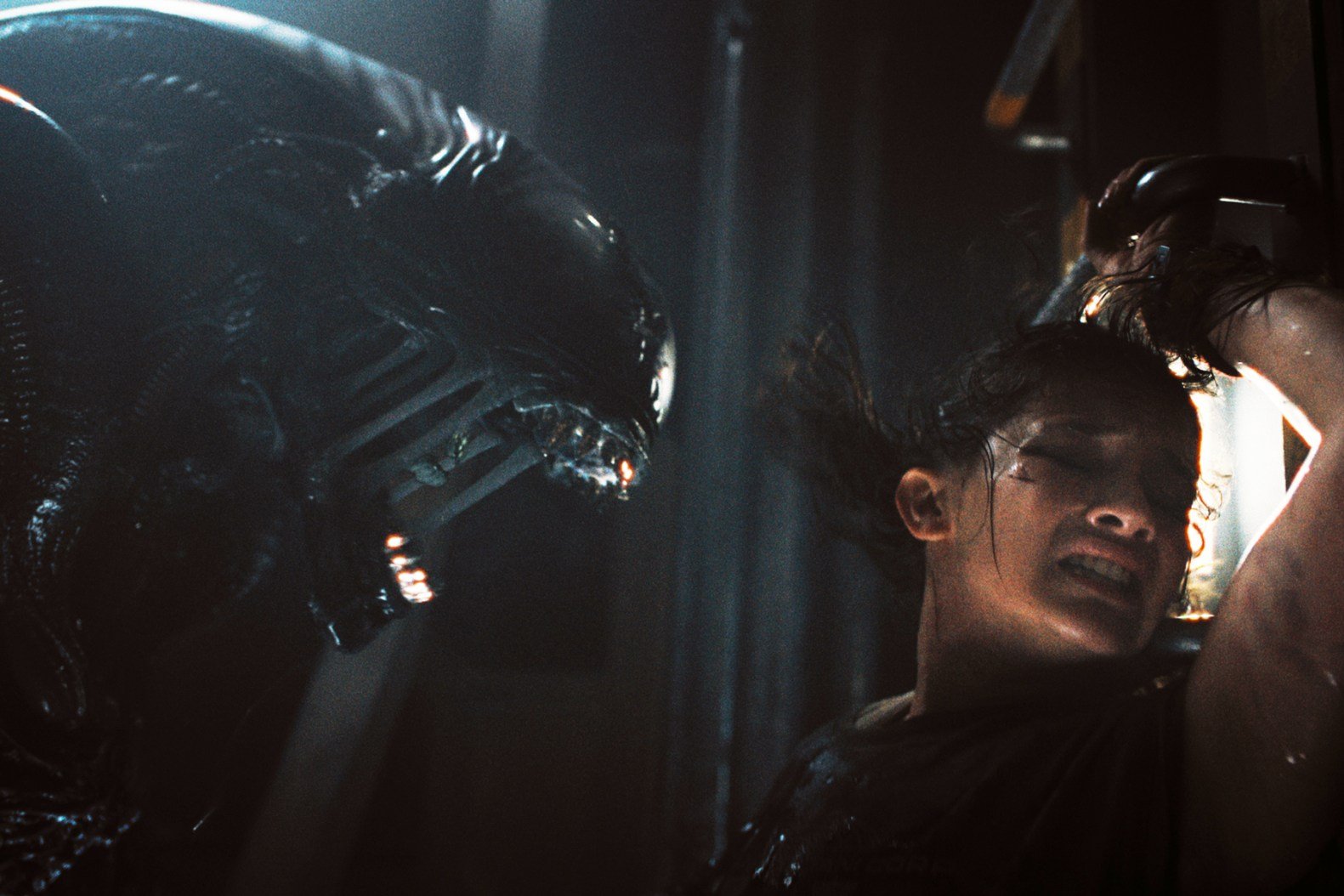BEETLEJUICE BEETLEJUICE
Directing: C+
Acting: B-
Writing: B-
Cinematography: B
Editing: C
Specal Effects: B
Production Design: B+
Michael Keaton was 36 years old when he appeared in the 1988 film Beetlejuice—only Tim Burton’s second feature film as a director, it’s easy to forget. He’s 73 now. And this is one of the many elements of the sequel out this weekend, Beetlejuice Beetlejuice, where there’s a bit of a dichotomy: in the “Beetlejuice” makeup, Keaton looks roughly the same as he did 36 years ago. But, there was a famously unique energy to his character in 1988 that is frankly lacking now. Beetlejuice just doesn’t have the pep that he used to. He’s still a wild nut, but there’s an undercurrent of tired old man in there.
This can be extrapolated to Beetlejuice Beetlejuice is a film overall, and by extension, to its director, Tim Burton. This is a man who spent the better part of two decades making dark classics for the modern age, from Edward Scissorhands to Batman to Sleepy Hollow to Sweeney Todd. Ever since then, his career has been one long paean to mediocrity.
Is Beetlejuice Beetlejuice any different? The answer is: yes and no. This is only the second time Burton has directed a sequel, and the last time was 32 years ago (and there’s an argument that Batman Returns was one of the best sequels ever made). Beetlejuice is a one-of-a-kind film that has been beloved by multiple generations, an execution of dark weirdness that could never have worked without all the pieces fitting just the right way. Beetlejuice Beetlejuice has thus cultivated a kind of anticipation that a Burton film hasn’t managed in years.
I hesitate to say that it lives up to such expectations. As expected, there’s a lot going on in Beetlejuice Beetlejuice, and still, somehow, it drags much of the time, particularly in its first half. This movie is all of 114 minutes long, and it feels longer. Too many scenes linger on things that neither wow nor delight. And if we count Beetlejuice himself as an antagonist, then he is one of three, which is arguably two two many: the others are Jeremy (Arthur Conti), a local boy who befriends Astrid (Jenna Ortega), the teenage daughter of widowed Lydia (Winona Ryder) and is predictably not what he seems at first; and Delores (Monica Bellucci), the soul-sucking—literally—ex-wife of Beetlejuice who is resurrected and hell-bent on reuniting with him. And in both cases, we get very good performers saddled with parts that wind up being of little consequence in the end. Bellucci in particular, here channeling Sally from The Nightmare Before Christmas as a dismembered corpse stapled back together, has an electric screen presence, and not enough to do to move the story forward.
This is one of the common problems with these “lega-sequels.” The first film had a straightforward, simple plot around which all the creative chaos could revolve. The second has to tie itself in convoluted narrative knots just to get mostly the same cast of characters back together.
In this case, Lydia’s dad has died. This was a character played by convicted sex offender Jeffrey Jones in the first film, who does not appear in this one. And yet his character, Charles, has a surprisingly large presence in this film. In one sequence, he appears in claymation. It’s actually pretty funny how they handle it.
And that’s the thing with Beetlejuice Beetlejuice: there are many things in it that are hilarious, or super fun. It’s the many other parts that are neither that are the problem, and render the film disappointingly even. This is a movie with some very high highs, and some very dull lulls. It averages out to a movie that is just okay, which is a step down from earlier Burton films that were just wall-to-wall delights. In the end, this is a movie that is just riding on the coattails of its cinematic forebear from three and a half decades ago.
On the upside, it has some reliably solid performers. Catherine O’Hara’s Delia Deetz is the one character who makes the most sense after all this time, clinging to a desperate idea of evolving with the times with her pretentious art. Jenna Ortega is perhaps the best thing in Beetlejuice Beetlejuice, proving she can elevate any material she works with. On the other hand, Willem Dafoe seems miscast as a former actor turned ghost detective, hamming it up in ways that often fall a little flat. And Winona Ryder’s Lydia, now deeply emotionally frail, seems incongruous with the bold but emotionally insecure teenager from the first film, or at least the self-assured version of her by the end of it. (It’s a fair counterpoint that spending a lifetime seeing ghosts could do a number on a person.) In the end, even the cast has better and worse, averaging out to—well, average.
If there’s anything that definitively does not disappoint about Beetlejuice Beetlejuice, it’s the production design. It’s a relief that this film doesn’t try to “update” the look of the first one so much as augment it; there are bits of CGI here and there, but always well integrated into a plethora of practical effects. Beetlejuice’s office staff of shrunken-head workers, like so many other things in this movie, have antics that sometimes land and sometimes fall a little flat.
In retrospect, sadly, I have to say that Beetlejuice Beetlejuice is about as good as I could have possibly expected. I so hoped it would exceed my expectations, but these days Tim Burton is nothing if not consistent. This is a guy with some real creativity left in him, but whose dark mojo peaked a long, long time ago. This is a movie that satisfies insomuch as we’ll take what we can get.
There’s great fun to be had if you’re willing to wait around for it.
Overall: B-










